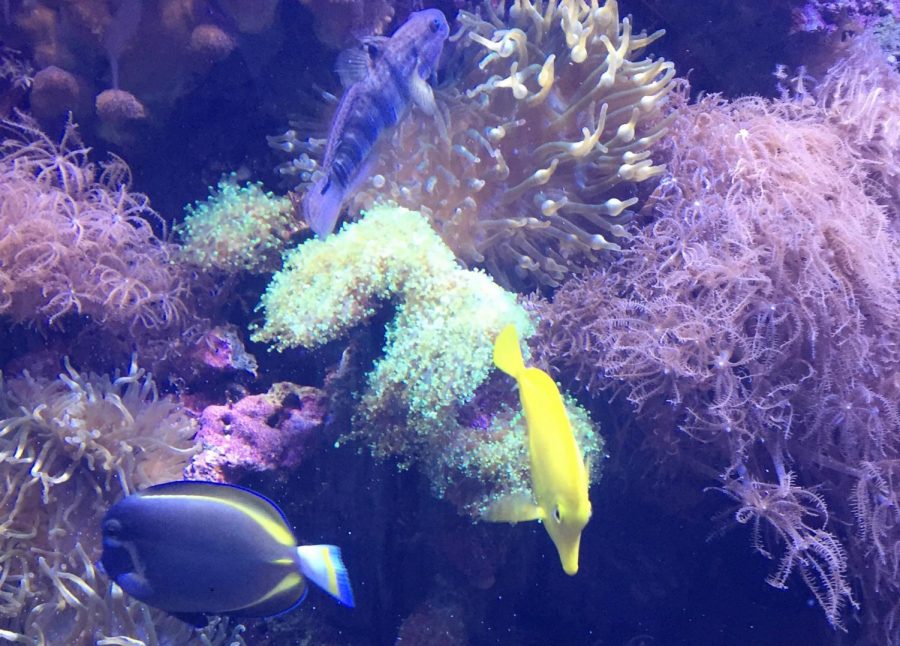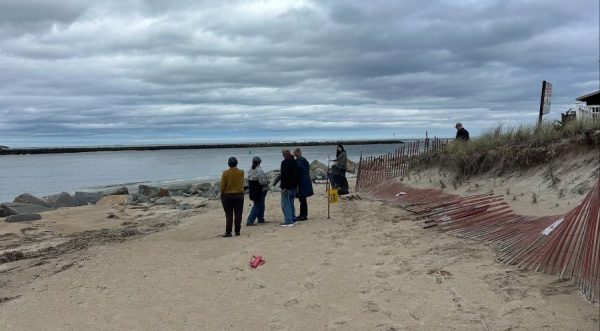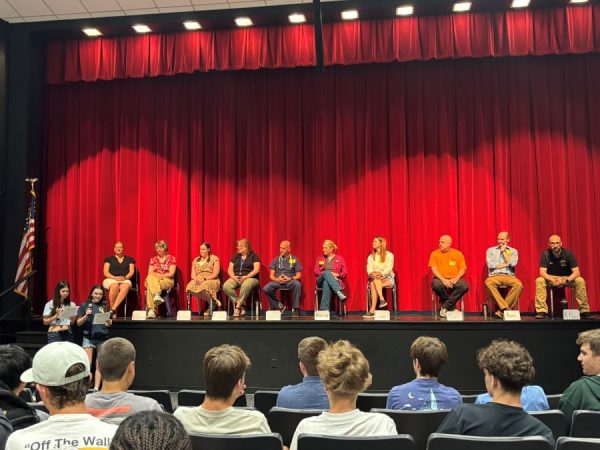Speculative Evolution
Speculative fiction is a type of genre that encompasses subjects of dystopian or utopian futures, fantasy, and even science fiction. Speculative evolution is both a form of speculative fiction and an artistic movement. It focuses on hypothetical scenarios in which animals evolve in different environments, such as alien planets, or simply alternate history in which different animals take up different niches. A different version of this was introduced in the book ‘All Yesterdays’ by John Conway, in which dinosaurs were depicted with different adaptations, such as a plesiosaur with camouflage similar to a decorator crab. A decorator crab is a crustacean that sticks materials from their environment to their shells in order to ward off or hide from predators.
Even animated series have incorporated this concept, such as The Future is Wild, where in 200 million years, squids take to the land and fish take to the air. Books such as ‘After Man’ by Dougal Dixon detail future evolution as well, taking place 50 million years into the future where rabbits have filled in the niche left behind by animals such as deer. In other places in the book, bats take to the land with one species of leaf-nosed bat becoming blind pack hunters that walk on what was once their wings. Other books take a more unorthodox approach, with ‘Man After Man’ by Dougal Dixon looking at the future evolution of us humans, with some of our kin becoming predatory ape-like creatures with massive fangs similar to those of Smilodon.
In conclusion, speculative evolution offers us a window of what could be or what could’ve been without buying a time machine, gene editing, or all that jazz. With a little thinking and speculating we have a window into the future, and even the past right in our own homes where we’re free to look as far back and as far forward as we want. We can speculate that one day in the future, the tiny, insignificant animals that live right in our backyard could grow to the size of dinosaurs. We could theorize what extinction events could occur, what would result from its aftermath, and which organism would leave its mark on evolutionary history.

Owen is an avid transhumanist who hopes for a future where man lives in symbiosis with nature. Also, he probably dreams of electric sheep.








